When comparing Hestan Culinary vs All-Clad, you’re looking at two of the most respected names in premium stainless cookware. But this isn’t just a choice between two brands — it’s a decision about:
- Tradition vs innovation
- American manufacturing vs Italian craftsmanship
- Proven heritage vs cutting-edge materials science
In kitchens — from professional chefs to serious home cooks — the decision usually comes down to function, long-term durability, price, and maintenance expectations. This guide strips away the marketing fluff and breaks down the real differences that matter in everyday and professional cooking.
🏭 Brand Reputation & Market Position
All-Clad
- Founded: 1971, Canonsburg, Pennsylvania.
- Identity: The pioneer of fully-clad stainless cookware. Before All-Clad, most cookware had simple disc bottoms.
- Core market: Home cooks and professionals in the U.S. who want buy-it-for-life stainless steel.
- Manufacturing: Still produced in the U.S.A. for its core stainless clad lines.
- Brand positioning: Reliable, American heritage, with “workhorse” reputation.
Hestan Culinary
- Founded: 2015, Napa Valley, California (by Stanley Cheng, the man who also brought non-stick to the U.S.).
- Manufacturing: Italy.
- Identity: The innovator. They’ve engineered cookware that doesn’t just perform — it looks brand new decades later.
- Core market: U.S. buyers who want luxury, design-driven cookware with zero compromises.
- Brand positioning: Performance + prestige + innovation.
📌 Key difference: All-Clad built the standard. Hestan is trying to leapfrog it with next-gen materials.
⚙️ Construction, Metallurgy, and Materials Science
All-Clad’s Engineering
- D3: Classic 3-ply — stainless, aluminum core, stainless. Lightweight, quick to heat.
- D5: 5-ply — alternating stainless and aluminum. Slower to heat, but more even.
- Copper Core: Stainless with a copper layer. Highly responsive, but requires polishing.
- Surface: 18/10 stainless steel interior. Durable, but scratches and tarnishes.
Hestan’s Engineering
- NanoBond: Stainless infused with 14,000 layers of titanium.
- 400% harder than stainless.
- 1050°F heat tolerance.
- Stain and scratch resistant.
- CopperBond: Copper-core stainless, but clad in stainless to protect copper from tarnish.
- ProBond: Brushed stainless, pro-grade durability.
- Surface: Non-reactive, acid-proof, stays mirror-like.
📌 Professional metallurgy insight:
- All-Clad relies on perfecting traditional cladding.
- Hestan introduces nano-engineering and protective surfaces that extend the lifespan of stainless far beyond normal.
🔬 Thermal Science & Heat Dynamics
| Metric | Hestan NanoBond / CopperBond | All-Clad D3 / D5 / Copper Core |
|---|---|---|
| Heat tolerance | 1050°F (NanoBond), 600°F (CopperBond) | 600°F (all lines) |
| Responsiveness | NanoBond: Fast, CopperBond: Extreme | D3: Fast, D5: Slower, Copper Core: Very fast |
| Evenness | Excellent (multi-ply) | Excellent in D5, slightly less in D3 |
| Retention | Moderate (NanoBond), High (CopperBond) | D5 has best retention, Copper Core best responsiveness |
Practical cooking insight:
- Hestan NanoBond outperforms All-Clad when searing or oven-roasting at extreme temps.
- Hestan CopperBond vs All-Clad Copper Core is closer — both are pro-level for sauces and reductions.
- All-Clad D5 has the edge for slow, even cooking like braises and stews.
🧑🍳 Real-World Cooking Performance
- Searing Steaks:
- NanoBond delivers crust without discoloration.
- All-Clad sears beautifully but shows heat tint over time.
- Eggs & Delicate Foods:
- Both need oil. NanoBond cleans up easier.
- All-Clad can stain, making egg residue harder to remove.
- Acidic Sauces (tomatoes, wine, vinegar):
- NanoBond stays non-reactive and spotless.
- All-Clad is also non-reactive but stains quickly.
- Slow Braises & Soups:
- All-Clad D5 offers excellent heat stability.
- Hestan ProBond delivers similar results but weighs slightly more.
- Stir-fry / Wok-style Cooking:
- Hestan CopperBond excels thanks to responsiveness.
- All-Clad Copper Core comes close, but heavier and more prone to tarnish.
📌 Bottom line: Hestan is better if you want performance + appearance. All-Clad is better if you value performance only.
🧼 Cleaning, Maintenance & Longevity
All-Clad
- Dishwasher safe, but dulls over time.
- Blue heat tint, scratches, and stains develop.
- Still fully functional decades later, just not pretty.
Hestan
- NanoBond: Dishwasher safe, resists stains, scratches, and tarnish. Looks new for decades.
- CopperBond: Requires polishing (less than All-Clad Copper Core, but still some upkeep).
- ProBond: More forgiving, brushed stainless hides marks.
📌 Longevity split: Both last 20–30 years structurally, but Hestan looks showroom-new, All-Clad looks “well-loved.”
💵 Pricing and Value (U.S. Market, 2025)
| Item | Hestan (NanoBond / CopperBond) | All-Clad (D3 / D5 / Copper Core) |
|---|---|---|
| 10” Fry Pan | $220–$300 | $120–$170 |
| 12” Fry Pan | $300–$380 | $150–$200 |
| 3 qt Saucepan | $300–$400 | $150–$220 |
| 10-Piece Set | $1,999–$2,499 | $699–$1,299 |
ROI perspective:
- Hestan: Higher upfront cost, pristine appearance for decades.
- All-Clad: Lower upfront, equal performance, but cosmetic degradation.
📉 Long-Term Ownership Costs
- Hestan NanoBond 10-pc set: ~$2,200 ÷ 25 years = $88/year.
- All-Clad D3 10-pc set: ~$800 ÷ 20 years = $40/year.
📌 Verdict: Both are great investments, but All-Clad is better dollar-for-dollar. Hestan is better lifestyle-for-lifestyle.
🧪 Case Studies (U.S. Kitchens)
1. Luxury Home in San Francisco
- Priorities: Design + pristine appearance.
- Choice: Hestan NanoBond, because stainless that doesn’t tarnish matches the aesthetic.
2. Busy Family in Ohio
- Priorities: Value + reliability.
- Choice: All-Clad D3 — affordable, durable, perfect for daily meals.
3. Professional Chef in New York City
- Priorities: Sauce precision + responsiveness.
- Choice: Hestan CopperBond over All-Clad Copper Core (less tarnish, same responsiveness).
👨🍳 Buyer Profiles
- Buy Hestan if:
- You want stainless that looks new forever.
- You cook acidic foods frequently.
- You’re building a luxury kitchen.
- Price is not the limiting factor.
- Buy All-Clad if:
- You want the best U.S.-made cookware heritage.
- You don’t care about scratches or heat stains.
- You want high-end performance at half the price of Hestan.
- You need proven reliability across decades.
📊 Final Comparison Table
| Feature | Hestan Culinary | All-Clad |
|---|---|---|
| Brand founded | 2015 (California) | 1971 (Pennsylvania) |
| Manufacturing | Italy | U.S.A. |
| Key innovations | NanoBond (titanium), CopperBond | D3/D5 stainless, Copper Core |
| Max heat | 1050°F (NanoBond) | 600°F |
| Durability (appearance) | Stays new 20+ years | Scratches, stains, but functional 20+ yrs |
| Maintenance | NanoBond low, CopperBond moderate | Moderate, polishing needed |
| Price (10-pc set) | $2,000+ | $800–$1,200 |
| Best for | Luxury buyers, precision chefs | Practical cooks, U.S. heritage buyers |
✅ Professional Verdict
- Hestan Culinary is the luxury innovator. Its NanoBond and CopperBond lines outperform All-Clad on heat tolerance, responsiveness, and cosmetic durability. For U.S. buyers who want their cookware to look new forever and perform like pro gear, Hestan is unmatched.
- All-Clad is the heritage workhorse. It delivers decades of reliable cooking at a fraction of the price, still made in the U.S., with unmatched reputation in American kitchens. It will show scratches and discoloration, but it won’t fail you.
📌 Bottom line for U.S. buyers:
- Pick Hestan if you’re building a luxury kitchen where appearance + performance = priority.
- Pick All-Clad if you want heritage American performance at better value, and you don’t care about scratches.
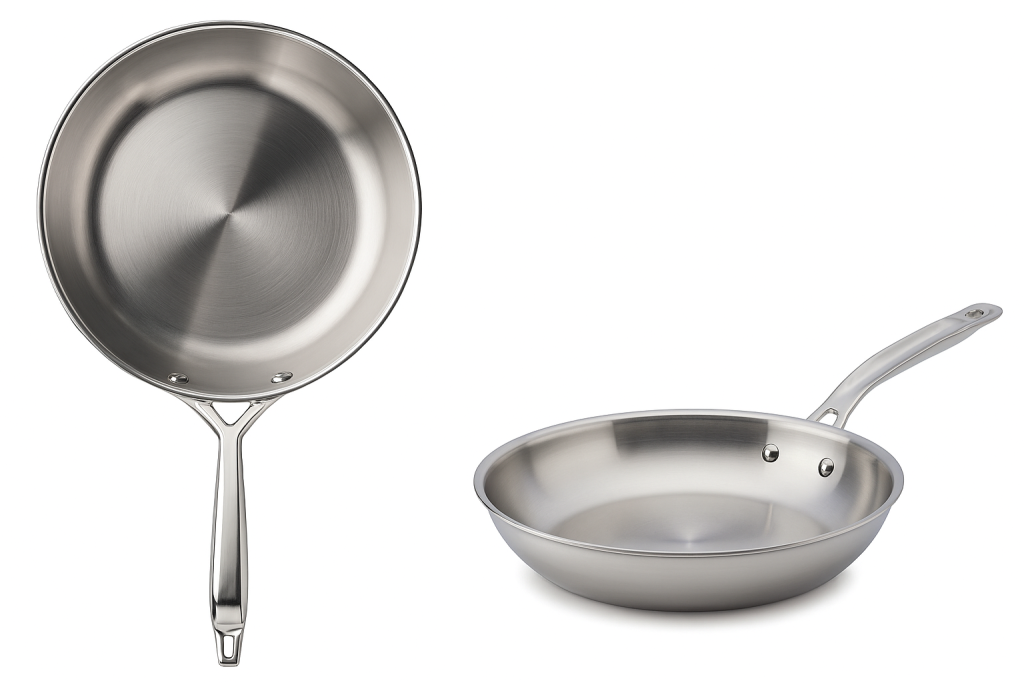

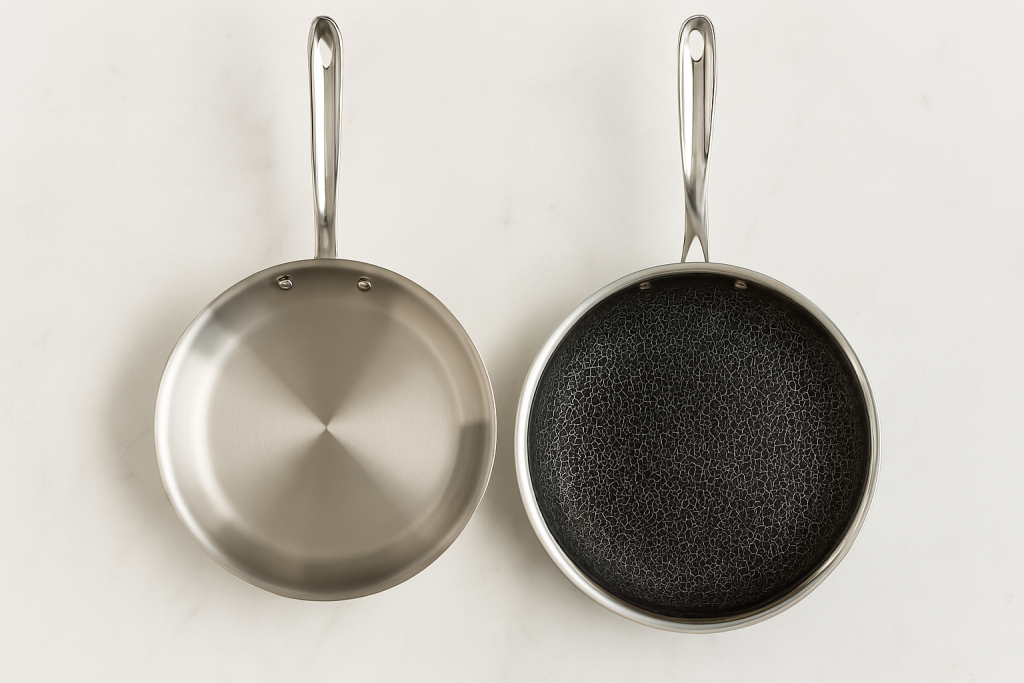
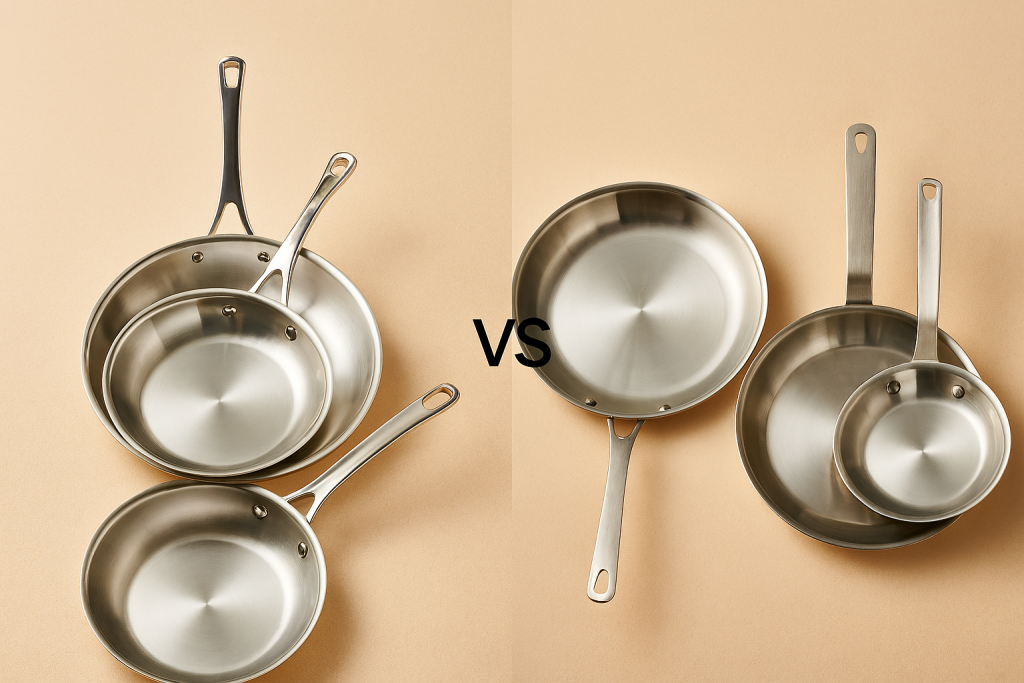
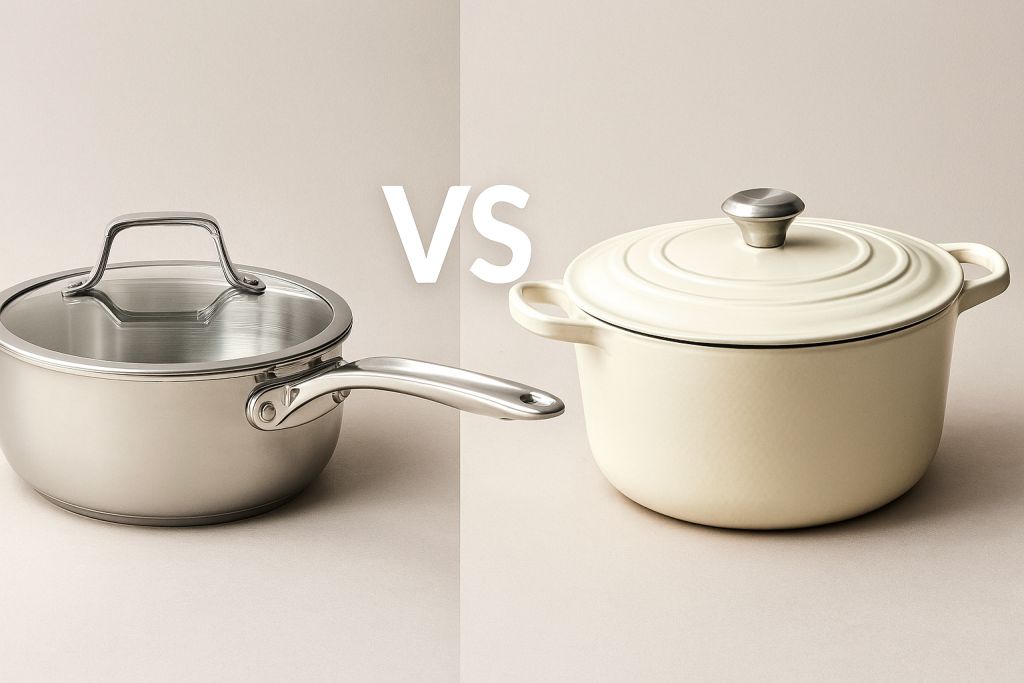
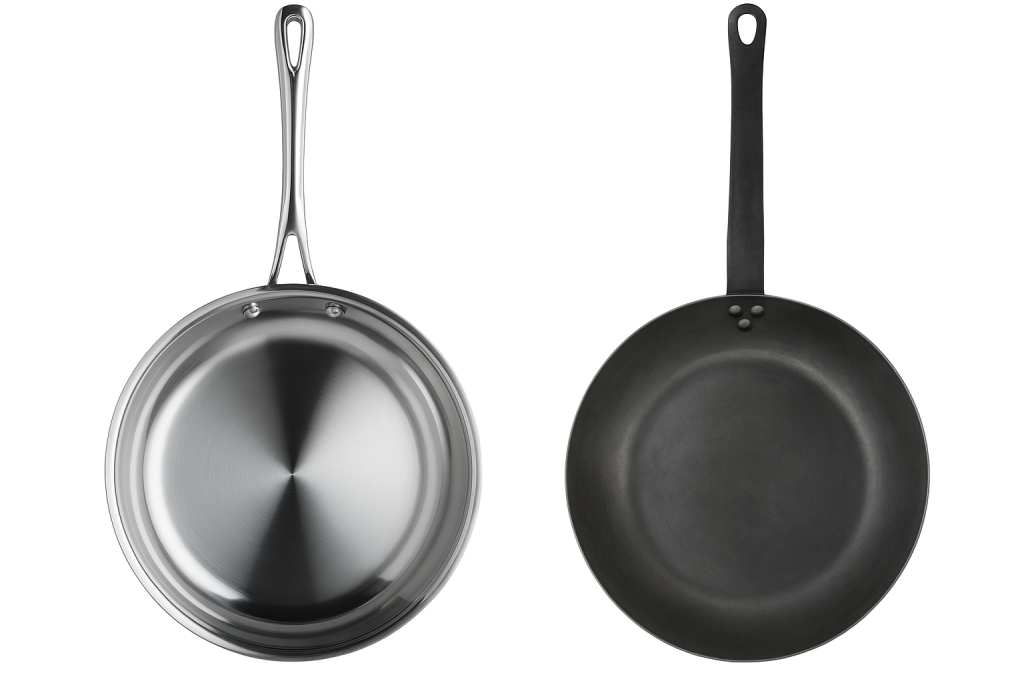
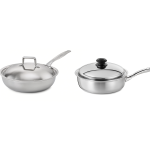
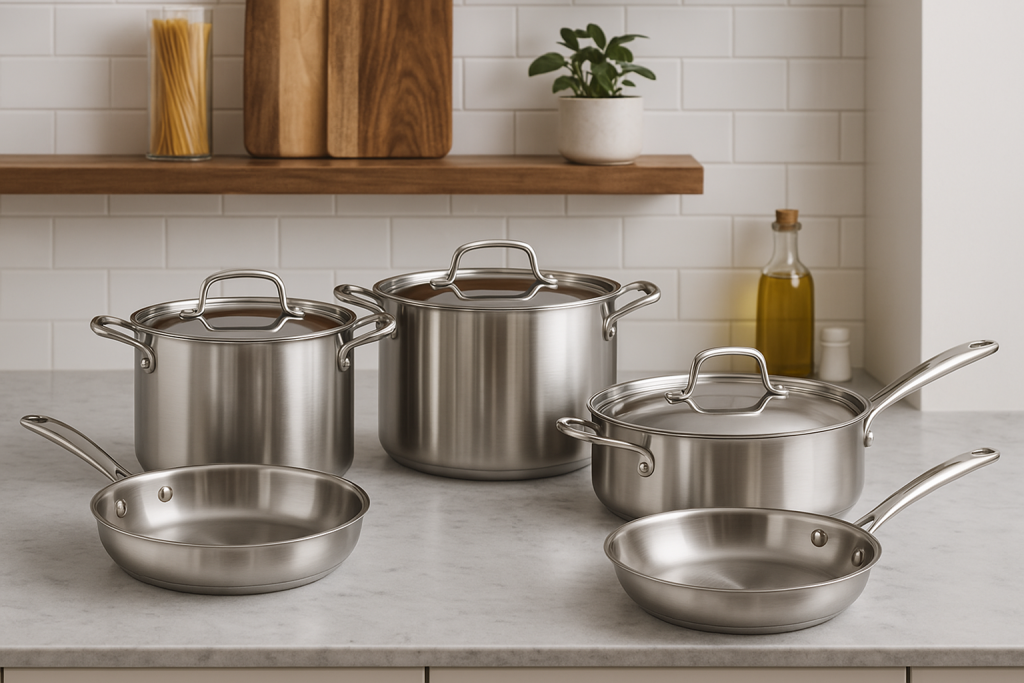
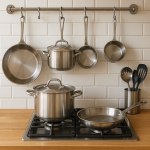

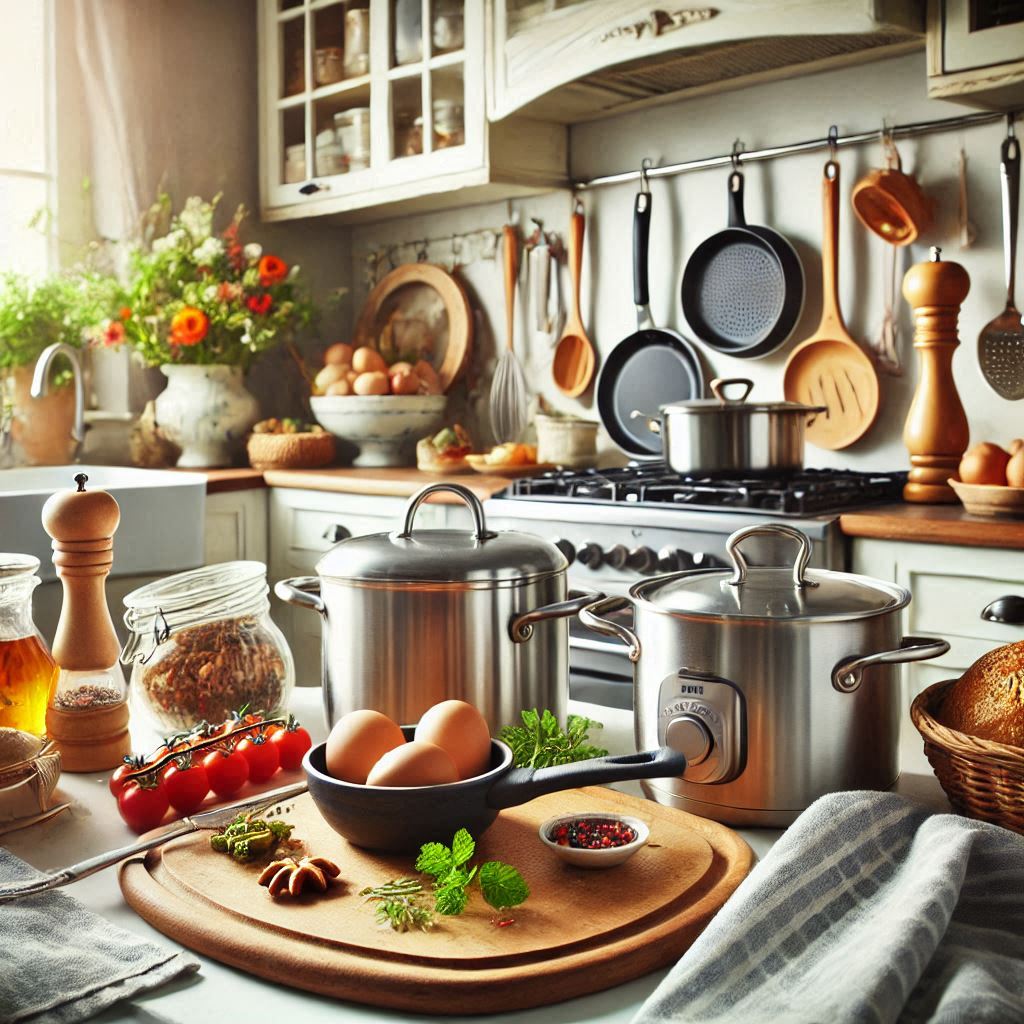
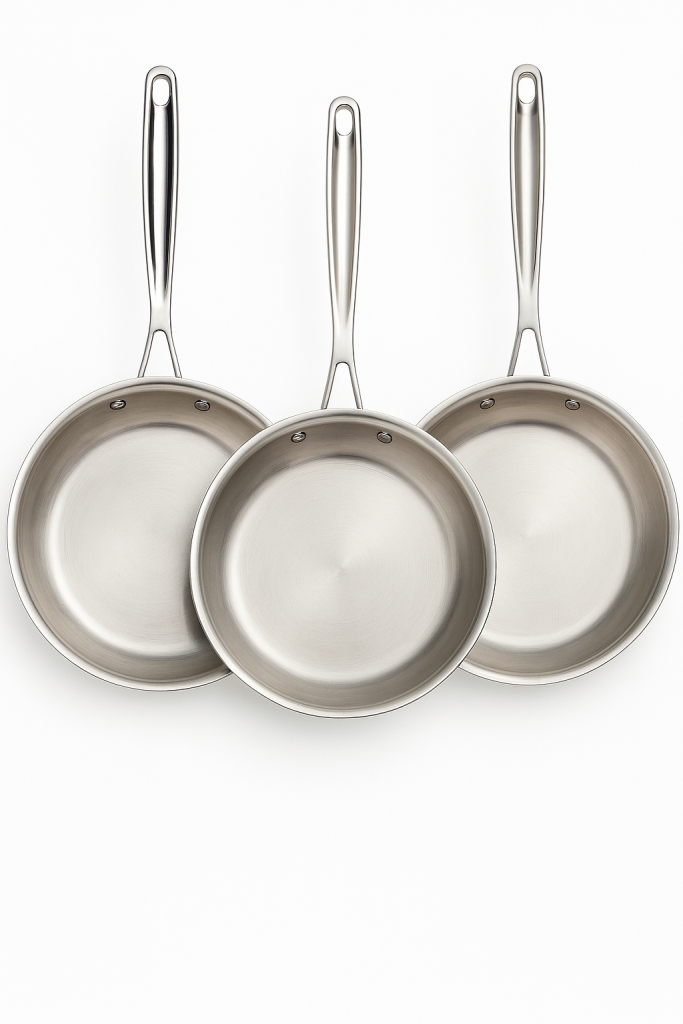
Leave a Reply